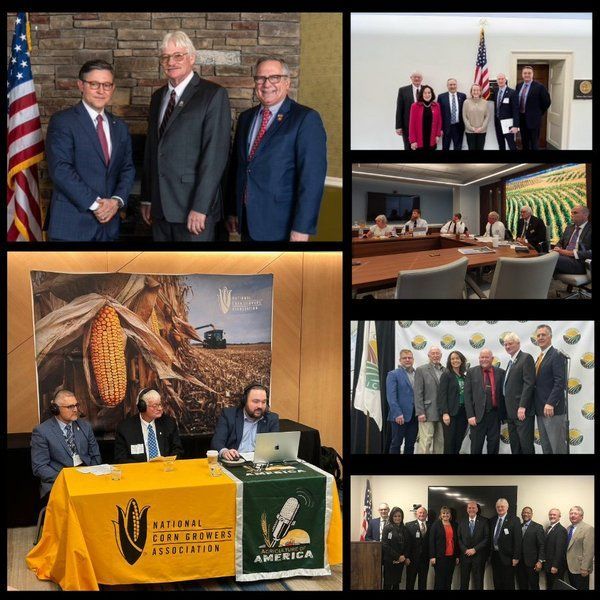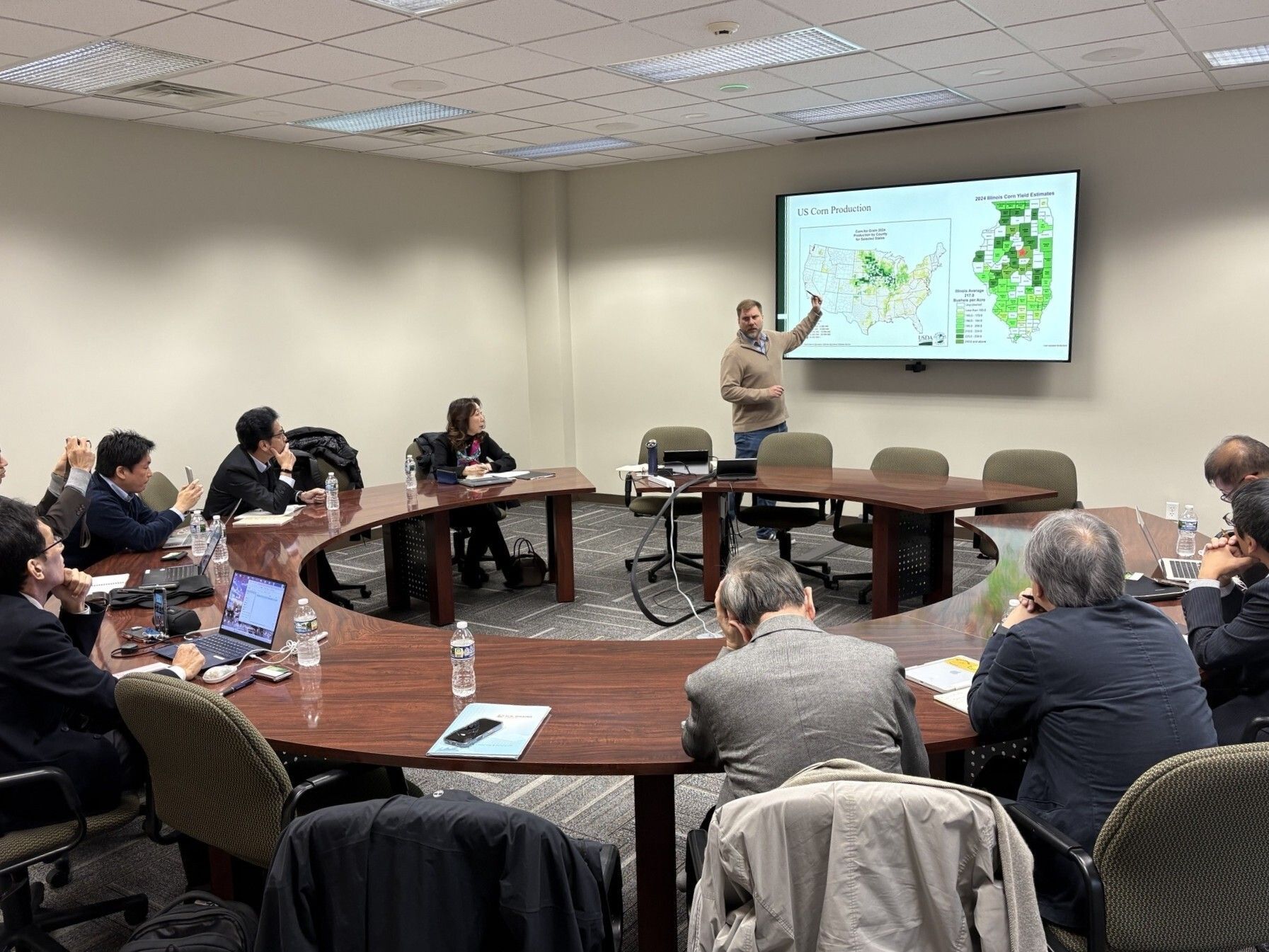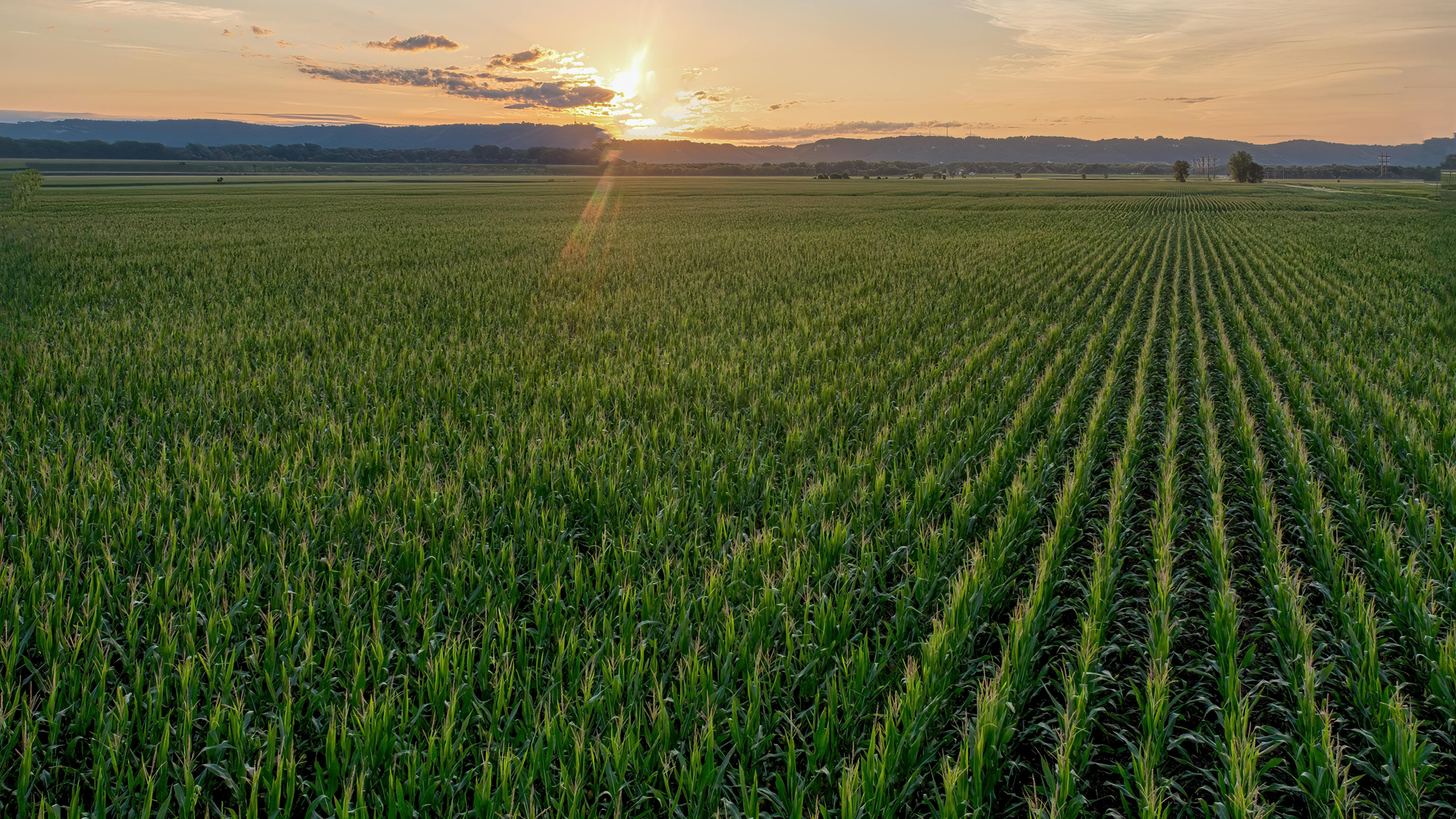Getting Started with Cover Crops: Lessons from Experience
If you're thinking about trying cover crops but feel overwhelmed, you’re not alone. Many farmers go through trial and error before finding a system that works for their fields. One farmer's experience (Richard Lyons) highlights key lessons for getting started and setting yourself up for success.
Start Small and Choose Wisely
The best way to begin is with a small acreage—perhaps 40 acres before corn and 40 acres before soybeans. It’s tempting to try different mixes, but farmer Richard Lyons recommendation is clear: start with cereal rye after corn stalks going to soybeans. It’s a simple and reliable entry point into cover cropping.
Prioritize Drainage
Before even planting a cover crop, evaluate your drainage. Whether it’s tile drainage or natural drainage, a well-drained field is crucial for success. Poor drainage can lead to failed cover crops and frustration.
Pick the Right Species for Overwintering
Many beginners use radishes and spring oats, but these die off in cold temperatures, leaving the soil unprotected in early spring. Instead, consider:
- Winter Barley (½ bushel) – Breaks down quickly but isn't always winter hardy.
- Wheat (½ bushel) – Provides backup if winter barley doesn’t survive.
- Rapeseed & Austrian Winter Pea – Contribute to biodiversity and nitrogen fixation.
With these species, you’ll have a diverse mix that helps improve soil health and retains ground cover through winter.
Adjust Your Management Practices
Cover cropping isn't a "set it and forget it" practice, it requires new management strategies. For example, when transitioning to corn, strip-tilling helps determine when to terminate the cover crop in spring. If wheat and barley start growing over the strips, terminate early to allow for warmer, cleaner seedbeds. If conditions are cool and dry, planting green may be an option before terminating with herbicide. Plant green to maintain a living root as long as possible.
Bottom Line: Be Flexible and Keep Learning
Success with cover crops isn’t instant. Weather, soil conditions, and management choices all play a role. But by starting small, selecting the right species, and adapting your approach, you can make cover crops a profitable and sustainable part of your farming system.
Learn more about cover crop incentive programs from Illinois Sustainable Ag Partnership or get paired with a Precision Conservation Management specialist to learn what is available to you. Don't forget that IL Corn has a cover crop coupon available for ICGA members.











































































































